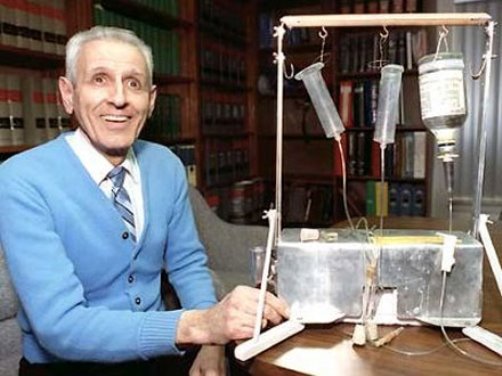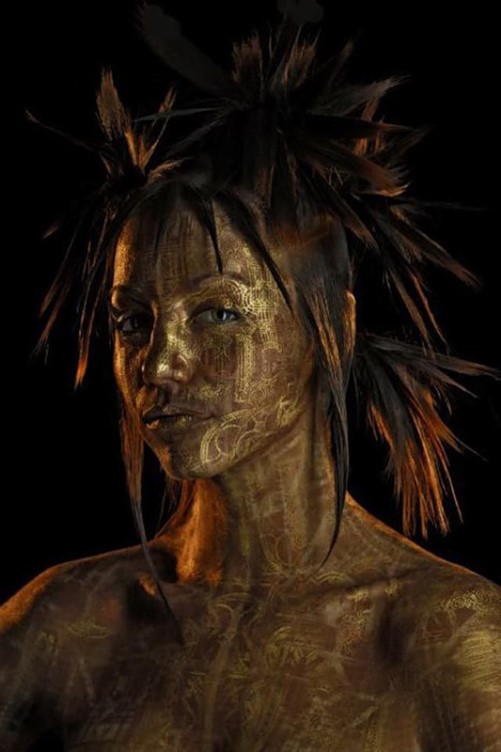Doctors in paintings

Portrait of Battista Fiera by Lorenzo Costa, about 1507-8, The National Gallery, London. Doctors in paintings
Doctors in paintings
Medicine has much in common with art. Fascination with anatomy, human body and a clinical obsession with detail, it’s no accident that artists have a long association with the medical profession. The portrait of Battista Fiera was a gift from court painter Lorenzo Costa to the doctor for his syphilis treatment. Artists and doctors were of similar social standing: both were respected professions during the Renaissance, consulted by the highest ranks, but neither were nobles. Maybe this is the birth of middle-class art.
The image of Doctor Girolamo Fracastoro, newly attributed to Titian, it was found in the bowels of the National Gallery, Fiera looks a fiercely intelligent figure. And in recognition of his scientific sobriety, he’s also been painted warts-and-all.
Lorenzo Lotto. Many doctors were painted with that same realism and empiricism in Renaissance Italy – as if a portrait of a doctor should be clinically exact. Lorenzo Lotto‘s image of a physician from Bergamo has a moving, lifelike immediacy: Giovanni Agostino della Torre poses with medical books, a man of learning and authority. Later, the artist added the doctor’s son Niccolo, who peers over his father’s shoulder comically.
In 1456, the Florentine sculptor Antonio Rossellino carved a powerful bust of a renowned doctor called Giovanni di Antonio Chellini da San Miniato. Was Chellini good at his job? Apparently he was terrific, because Donatello, the greatest artist of the age, carved him a beautiful little Madonna in return for treating him.
Rembrandt’s gory painting The Anatomy Lesson of Dr Nicolaes Tulp shows a leading medical authority in 17th-century Amsterdam teaching his students over a dissected corpse: in the 19th century, the American artist Thomas Eakins returned to this eerie theme in his extraordinary work The Gross Clinic.
In the 20th century, medical knowledge advanced in previously unimaginable ways, and health was revolutionized – but doctors became less heroic figures in the eyes of artists. In 1926, Otto Dix painted a silly, disrespectful portrait of a Berlin throat specialist. Reason was losing its rule in Weimar Germany and the professions would soon betray their supposed ideals as doctors, among others, collaborated with the Nazi regime. Dix’s doctor is no savior, and has no insight. (On the article of guardian.co.uk about Jonathan Jones)
Doctors in paintings
Some more paintings of doctors, medicine by Russian artists. In the above picture “The portrait of doctor Myagkova M.A.”, painted by Boris Gogin, Yaroslavl, Russia

On the painting by the Dutch artist Gabriel Metsu (1629 – 1667) «Patient and physician», the work was done by request, by Olga Lavrova

«The doctor», artist Olga Lavrova. On the painting by the Dutch Golden Age painter Gerrit Dou (1613 – 1675). The work was done by request

Artist Olga Lavrova. A nurse of the Hospital of St. John in Jerusalem. On the ancient engraving by unknown artist.

A wounded young man and doctor. Sloud frescoes by Domenico di Bartolo. (performed for the International Medical Center, a series of «story of the doctor’s costume»). Olga Lavrova
artnow.ru





















